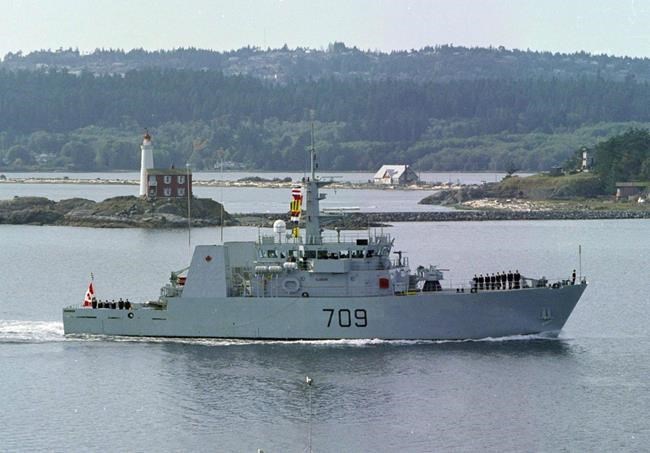HMCS Saskatoon has been credited with helping to disrupt the shipment of about two tonnes of cocaine this month.
“We are very proud of what [Saskatoon] has done,” said Lt.-Cmdr. John Nethercott, spokesman for the Royal Canadian Navy, Pacific.
On April 6, Saskatoon was dispatched to intercept what looked like a fishing boat off the west coast of Central America in international waters.
An aircraft had spotted the boat during a routine patrol and decided the vessel deserved a closer look.
HMCS Saskatoon launched a rigid-hulled inflatable boat, with U.S. Coast Guard members riding along, and the suspicious-looking boat was boarded. A total of 464 kilograms of cocaine, packed in 11 bales, was seized and three people were arrested.
A week later, working with a law enforcement detachment from the U.S. Coast Guard, HMCS Saskatoon moved close to two suspicious vessels in international waters in the eastern Pacific.
In response, an estimated 750 kilograms of cocaine was jettisoned from each of the two vessels. One of the vessels was boarded and inspected.
The ship was at sea in the eastern Pacific off Central America for 53 days as part of Operation CARIBBE and is scheduled to return to Canadian Forces Base Esquimalt next Friday.
In March, HMCS Saskatoon was involved in the seizure of 660 kg of cocaine.



